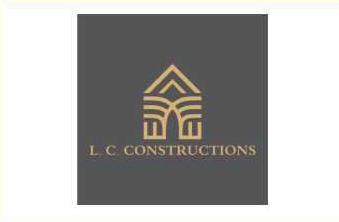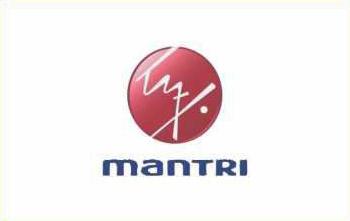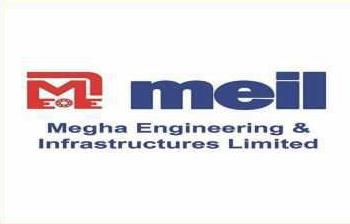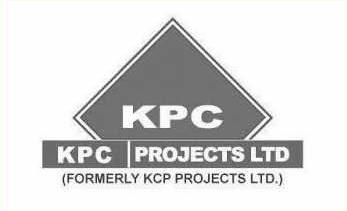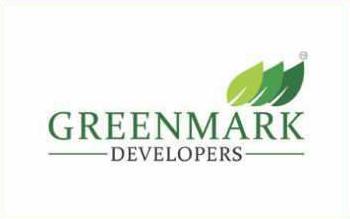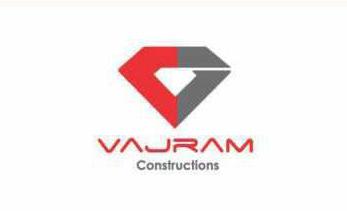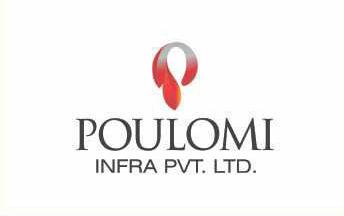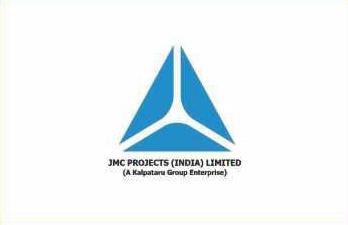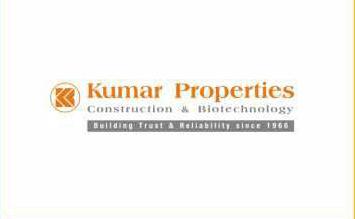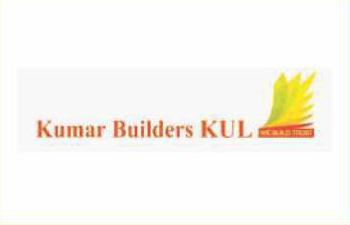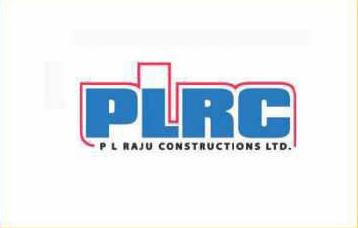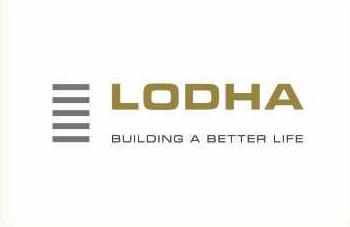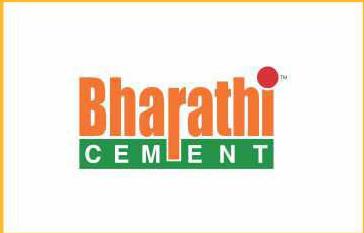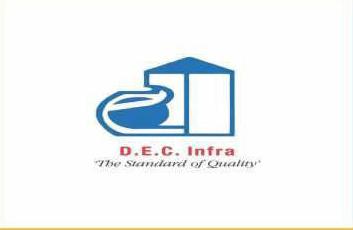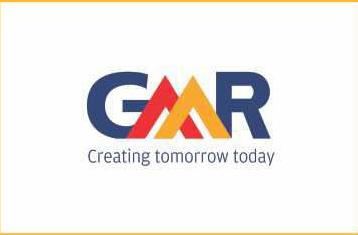The construction industry strongly links India's rapid progress towards a $5 trillion GDP. The demand for high-quality construction materials is soaring with increasing projects, including metro rail routes, bridges, flyovers, dams, and high-rise buildings. Among these materials, TMT bars, known for their Strength and flexibility, play a crucial role in modern construction. TMT bars are essential for reinforcing concrete structures, available in various grades, such as Fe 415, Fe 500, Fe 550, Fe 550D, and Fe 600.
Among these grades, Fe 550 and Fe 550D are particularly popular in upscale construction projects. Builders and contractors frequently ask about the differences between these grades. This blog aims to clarify the distinctions between Fe 550 and Fe 550D TMT Bars, helping you make an informed choice for your construction needs.
What is Fe 550 TMT Grade Bar?
Fe 550 TMT bar is a high-strength reinforcement bar commonly used in high-rise construction. The "Fe 550" TMT bar indicates that it is made from iron, while "550" in megapascals (MPa represents the yield strength of the bar). Yield strength is the maximum stress a material can withstand before it matures permanently. The flexibility of Fe 550 TMT bars makes them famous and extensively used in multi-storey buildings to reinforce concrete structures.
Mechanical Properties of Fe 550 TMT Grade Bar:
- Ultimate Tensile Strength (Fu): 650 N/mm²
- Yield Strength (Fy): 550 N/mm²
- Elongation: 14.5%
Ultimate tensile strength (Fu) indicates the maximum stress a material can endure while being stretched before it breaks. Yield strength (Fy) is the stress level at which the material begins to deform plastically, meaning it will not return to its original shape.
What is Fe 550D TMT Grade Bar?
The Fe 550D TMT grade bar is a Thermo-Mechanically Treated reinforcement steel bar that adheres to the Bureau of Indian Standards. Like Fe 550, "Fe" stands for iron, but the "D" in Fe 550D signifies ductility. This flexibility allows the bar to deform without cracking, providing enhanced resilience and flexibility.
Mechanical Properties of Fe 550D TMT Grade Bar:
- Elongation: 14.5%
- TS/YS Ratio: ≥ 1.08, with TS not less than 600 MPa
- 2% Proof Stress/Yield Strength (Fy): Minimum 500 MPa
- Yield Strength (Fy): 550 N/mm²
Difference Between Fe 550 and Fe 550D
Fe 550:
- Minimum yield strength of 550 MPa
- Lower ductility compared to Fe 550D
- Primarily used in construction projects where high strength is the crucial requirement
Fe 550D:
- Yield strength of 550 N/mm²
- Higher flexibility, making it more flexible
- Ideal for projects requiring both strength and flexibility, such as flyovers, skyscrapers, dams, and bridges
Applications of Fe 550 and Fe 550D TMT Bars
Fe 550:
- Suitable for earthquake-resistant construction because of its high yield strength
- Commonly used in skyscrapers, both commercial and residential
Fe 550D:
- Chosen for projects requiring a balance of strength and flexibility
- Ideal for constructing flyovers, dams, bridges, and high-rise buildings with high-affected resistance
Conclusion
In summary, Fe 550 and Fe 550D TMT Bars are similar, but Fe 550D bars offer more elasticity, making them better for projects requiring flexibility and impact resistance, such as bridges and skyscrapers. Understanding these differences helps builders choose the Best TMT Bars for their needs.
Keshree TMT bars stand out for their quality, and a dedicated R&D team supports them. This team focuses on improving products to offer cost-effective and high-quality TMT solutions. The new Fe 500D TMT bars showcase Keshree Metallurgy's commitment to innovation. The next-gen Keshree 550 TMT bars feature a unique pattern for better bonding with concrete, resulting in cost savings for builders. To learn more, visit Keshree TMT's website and explore how our TMT bars can enhance your construction projects.


